NASA laid out a four stage plan to attendees at the Humans to Mars Summit held in Washington DC which the space agency hopes will lay the preparations for a mission to Mars in the 2030s.
Category: space travel – Page 482
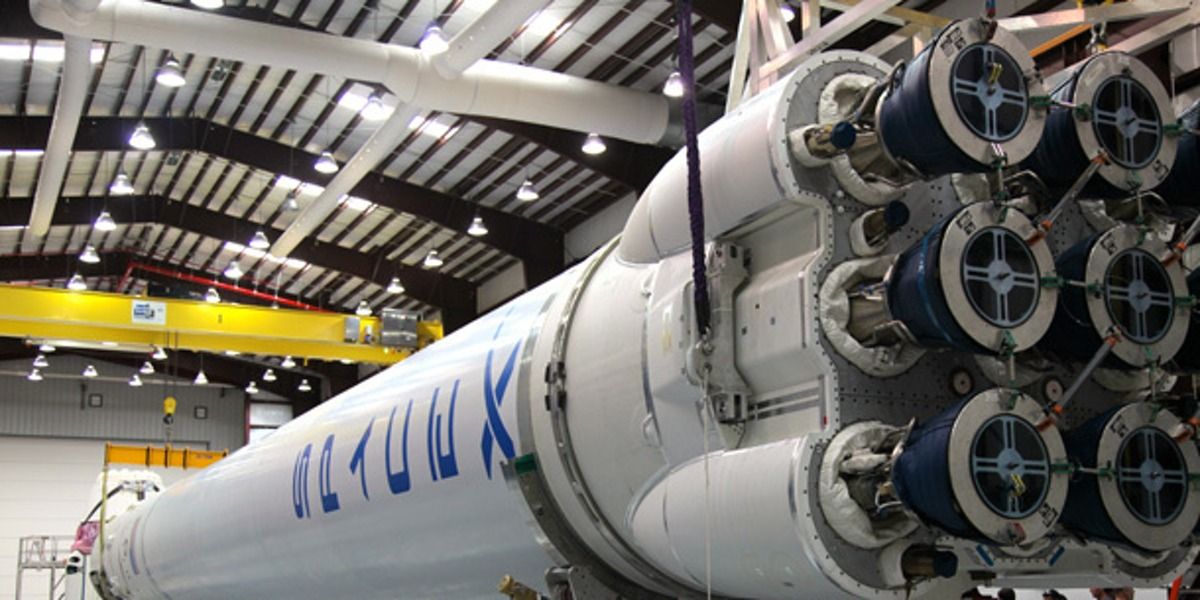
The Four Technologies That Are Turning Our World Into the Future
Each year, the world’s greatest innovators and inventors gather for the Edison Awards to celebrate “game-changing” developments in technology, engineering, marketing, and design. Here are just some of the innovations that are already transforming our world.
Each year, innovators from across the globe trade in their lab coats and laptops for ties and gowns to honor the nominees at the Edison Awards ceremony in New York City. Over the past three decades, the awards have highlighted the most innovative products and people in science. Last year’s honorees featured Alan Stern, Principal Investigator of NASA’s New Horizons mission to Pluto.
Elon Musk: The future we’re building — and boring
May 7, 2017 Elon Musk discusses his new project digging tunnels under LA, the latest from Tesla and SpaceX and his motivation for building a future on Mars in conversation with TED’s Head Curator, Chris Anderson.
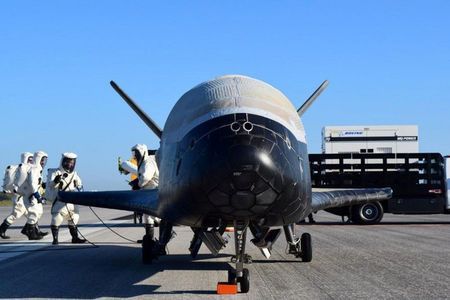
Unmanned U.S. Air Force space plane lands after secret, two-year mission
By Irene Klotz
CAPE CANAVERAL, Fla. (Reuters) — The U.S. military’s experimental X-37B space plane landed on Sunday at NASA’s Kennedy Space Center in Florida, completing a classified mission that lasted nearly two years, the Air Force said.
The unmanned X-37B, which resembles a miniature space shuttle, touched down at 7:47 a.m. EDT (1147 GMT) on a runway formerly used for landings of the now-mothballed space shuttles, the Air Force said in an email.
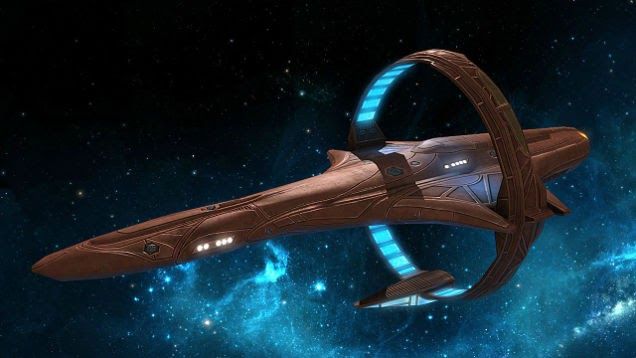
NASA’S STUNNING BREAKTHROUGH: It’s First Warp Drive…Is a TRUE Mindblower!
A few months ago, physicist Harold White shocked the aeronautics industry when he announced that his team at NASA was in the process of developing a faster-than-light warp drive. His design could one day transport a spacecraft to the nearest star in a matter of weeks.
The idea originally came to White while he was considering an equation formulated by physicist Miguel Alcubierre in his 1994 paper titled, “The Warp Drive: Hyper-Fast Travel Within General Relativity. Alcubierre suggested a mechanism by which space-time could be “warped” and behind a spacecraft.
Michio Kaku dubbed Alcubierre’s theory a “passport to the universe,” which harnesses a quirk in the “cosmological code” that allows for the expansion and contraction of space-time. If proven true, it could allow for hyper-fast travel between interstellar destinations. In order to accomplish this, the starship would need able to expand the space behind it rapidly to push it forward. For passengers, it would look like a lack of acceleration.
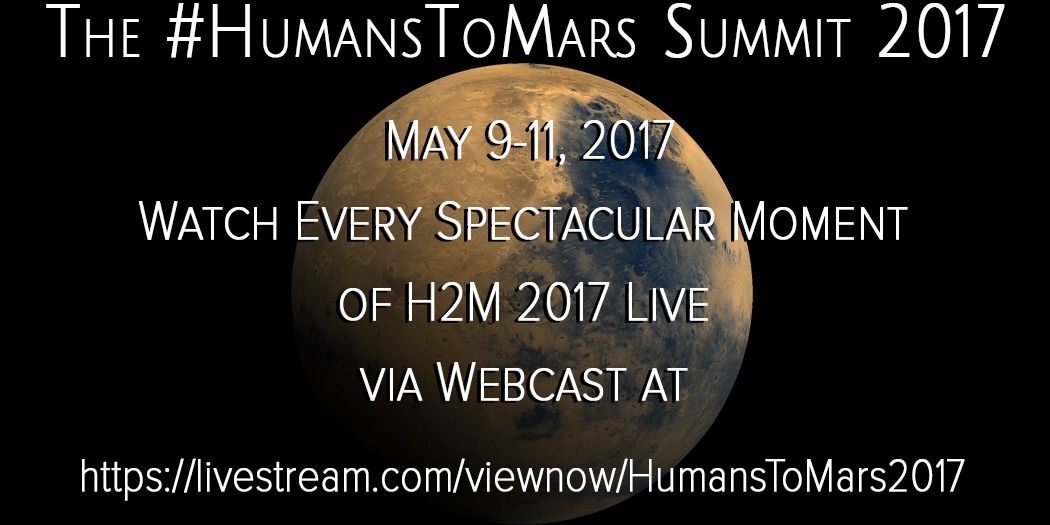
Lets the small satellite space revolution begin
By combining ion thruster technology with techniques used for high precession etching in the semiconductor industry, we made electric propulsion as simple as possible yet with improved performances
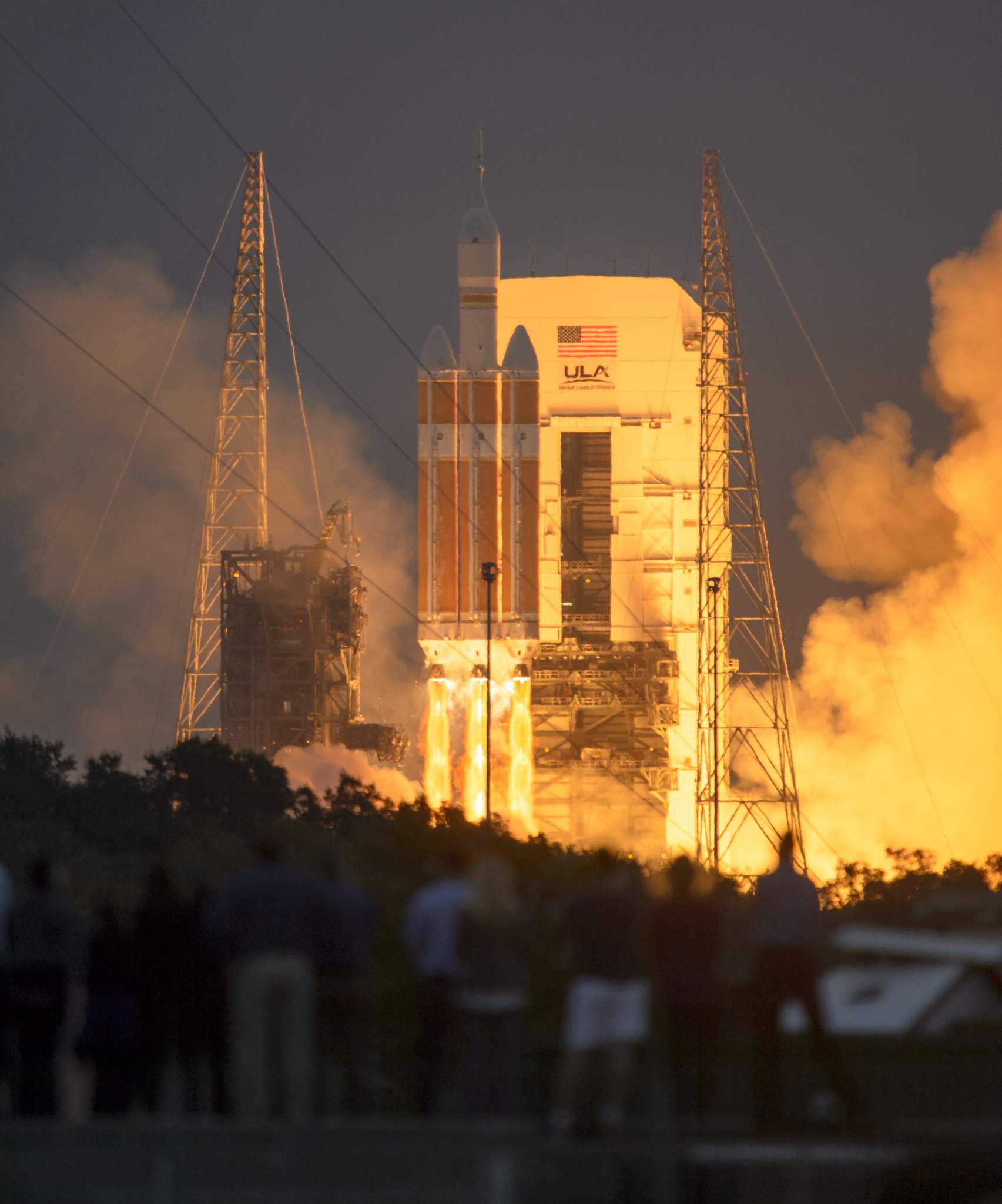
3D Printing The Next Five Years
This is a guest post in our series looking at the future of 3D Printing. To celebrate 5 years of reporting on the 3D printing industry, we’ve invited industry leaders and 3D printing experts to give us their perspective and predictions for the next 5 years and insight into trends in additive manufacturing.
Brian O’Connor is Vice President, Production Operations at Lockheed Martin Space Systems. Lockheed Martin is a global security and aerospace company that employs approximately 97,000 people worldwide and is principally engaged in the research, design, development, manufacture, integration and sustainment of advanced technology systems, products and services.
How lockheed martin is printing the path to mars by brian o’connor.
Rep: #TheRaceforSpace
Congressman Charlie Crist on Elon Musk’s space efforts in Florida: “What Mr. Musk has been able to do [with SpaceX and solar energy] is nothing short of extraordinary.”